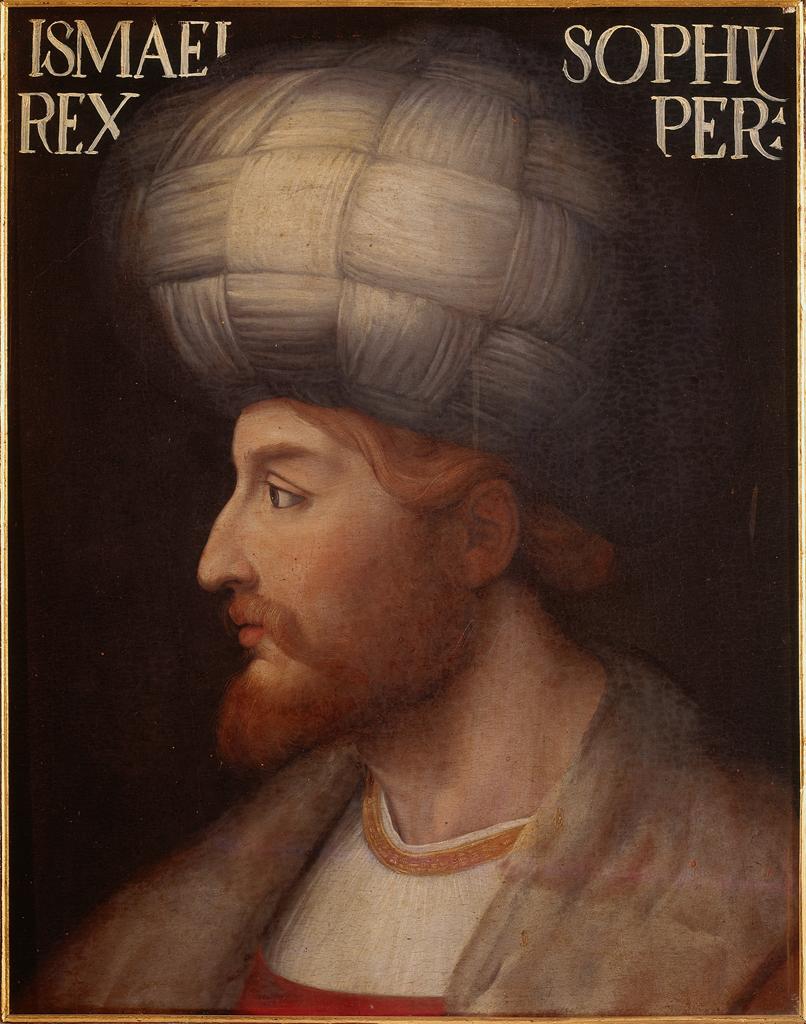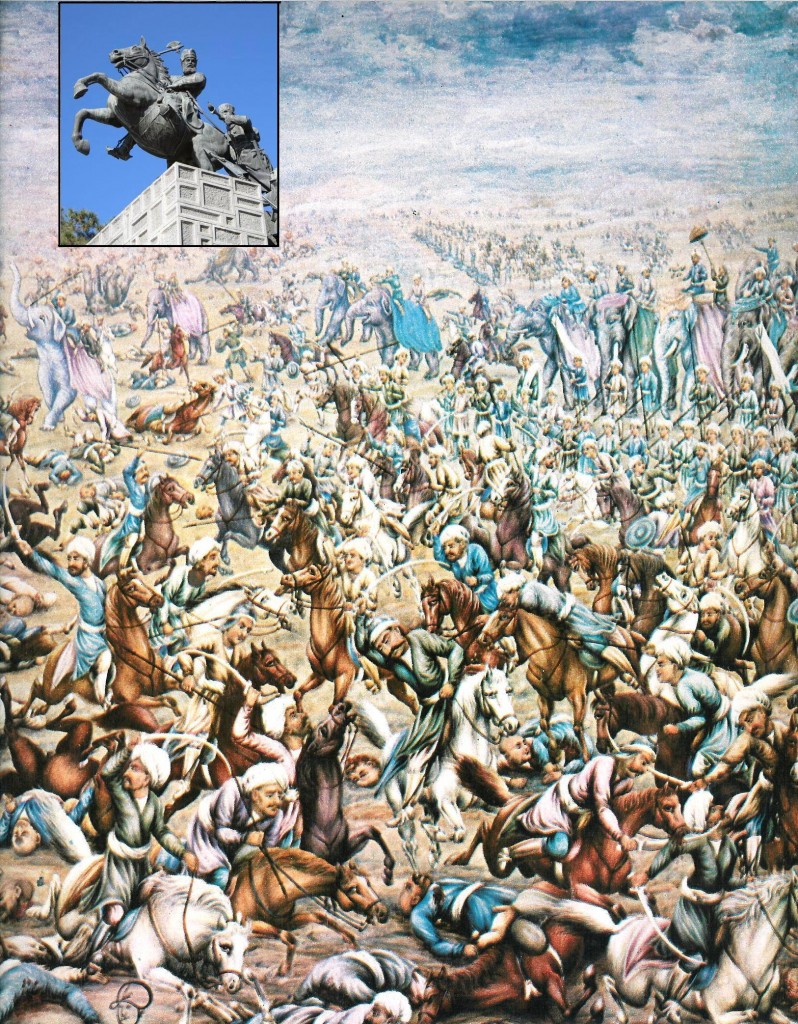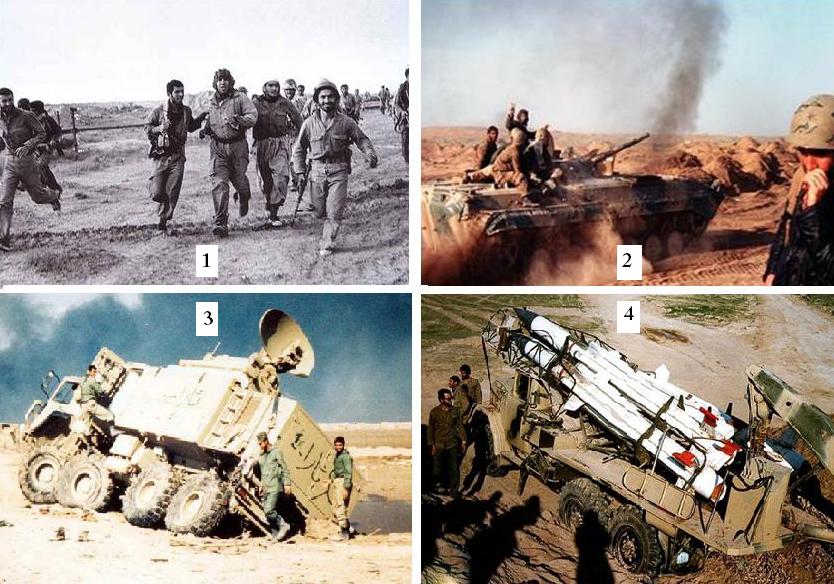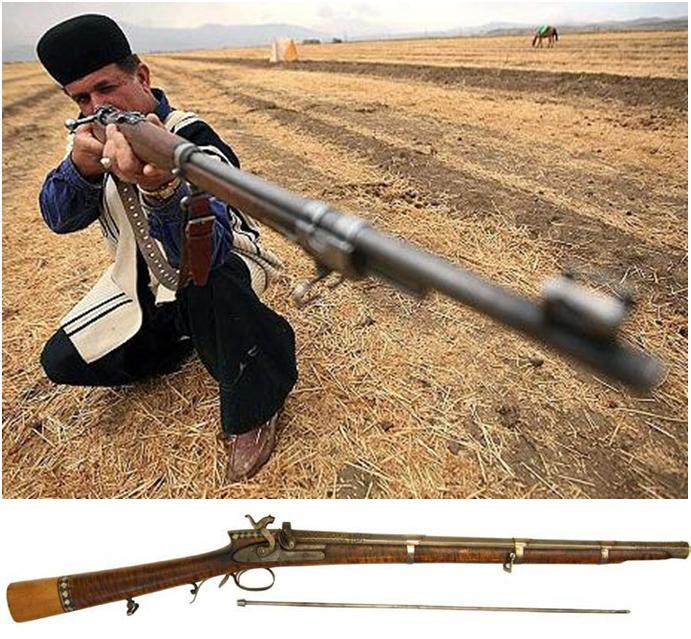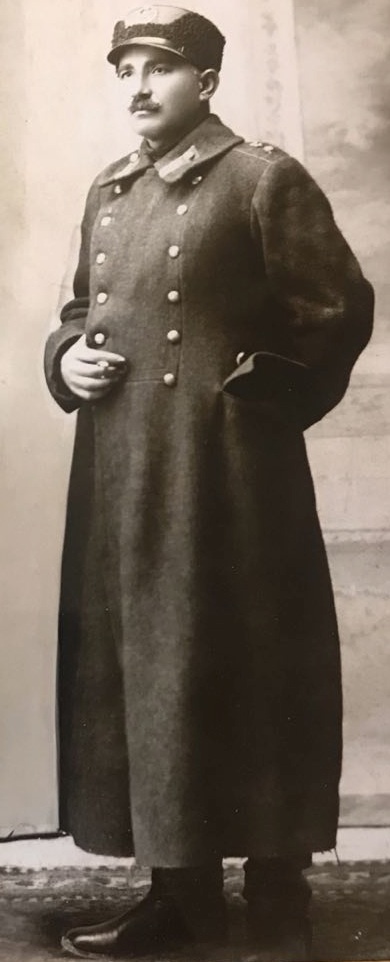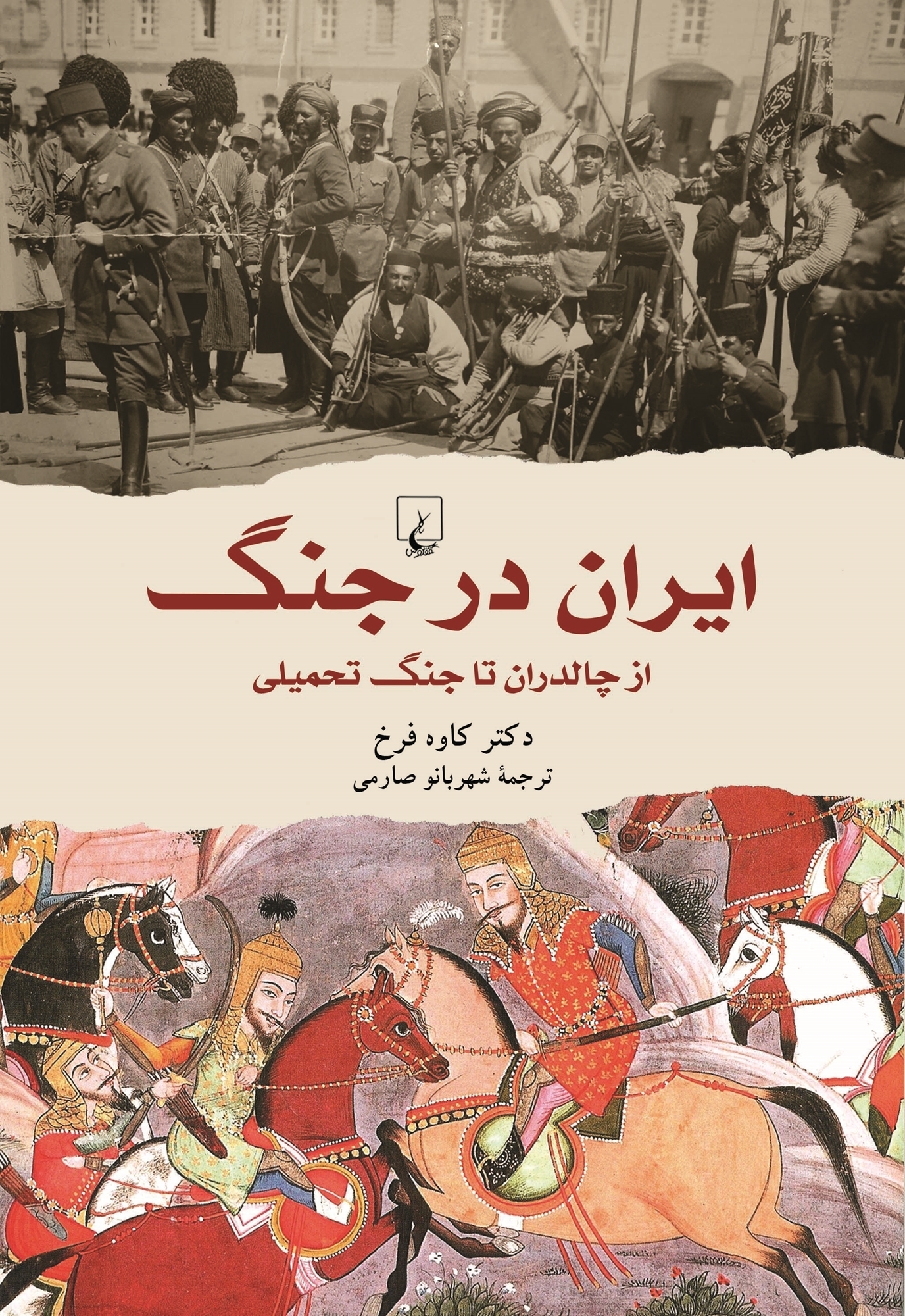Kaveh Farrokh’s third textbook, Iran at War: 1500-1988 (Osprey Publishing, 2011) has been translated into Persian by one of the most prestigious academic Persian-language publishing houses, known as Qoqnoos Publishers (انتشارات ققنوس). The translation (ایران در جنگ) has been conducted by Maryam Saremi. Qoqnoos has translated into Persian academic textbooks by scholars such as David Nicolle, Josef Wiesehofer, Duncan head, Touraj Atabaki, Nino Piglokevskaya, Sandra Mackey, Touraj Daryaee, Mohammed Dandamaev, Agrar Aliev, Christopher Foster, and Mary Boyce.
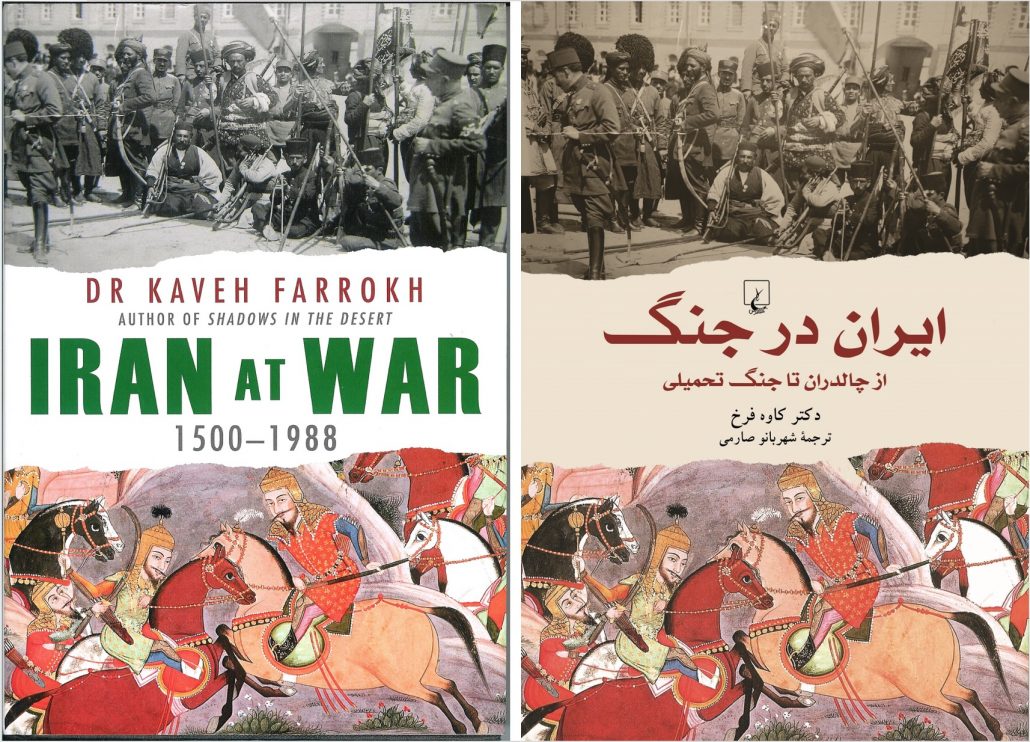
Cover pages of Iran at War (1500-1988) (Left) and the 2018 translation “ایران در جنگ” by Maryam Saremi of Qoqnoos publishers (Right). Iran at War is Farrokh’s third textbook on the military history of Iran. The total number of translations of Farrokh’s first three books are now seven (discussed further below). To date (Fall of 2018), Farrokh has published and co-authored eight textbooks on the Military History of Iran (three have been published in 2018).
The publishing of the Persian translation of “ایران در جنگ” (Iran at War) has been announced by major Persian-language news outlets such as:
- Tasnim News (September 22, 2018/31 Shahrivar 1397): ایران در جنگ از چالدران تا جنگ تحمیلی” منتشر شد “
- Saba News (September 8, 2018/17 Sharivar 1397): کتاب »ایران در جنگ« نوشته کاوه فرخ با ترجمه شهربانو سارمی
- Ibna (September 28, 2018/6 Mehr 1397): ققنوسی که در طول تاریخ بارها و بارها از خاکستر خویش برخاست
- IRNA (September 22, 2018/31 Shahrivar 1397): ایران در جنگ؛ جستاری در تاریخ جنگی خونبار ایران
- Miras Maktoob (August 26 2018/4 Shahrivar 1397): سرنوشت ایران از جنگ چالدران تا جنگ تحمیلی
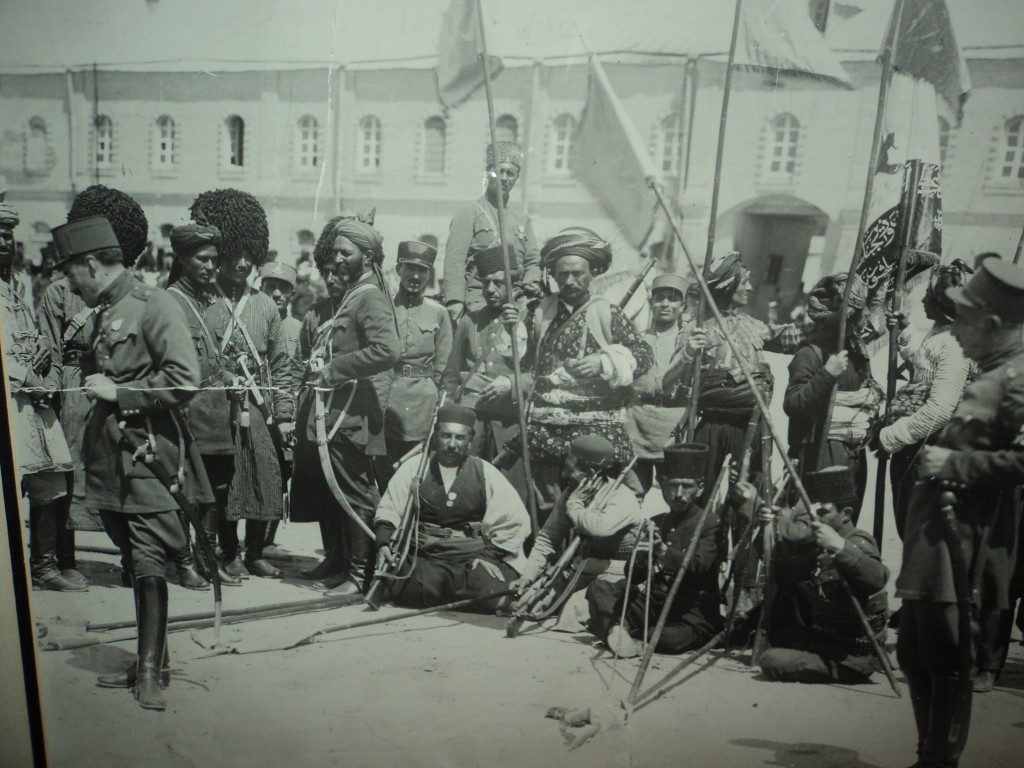
Cover jacket of Iran at War: 1500-1988. Farrokh’s original 2011 English language text was reviewed by the Wall Street Journal in 2011 (link now broken but excerpts available here, and announced by the University of British Columbia on Twitter): Kaveh Farrokh is an expert on Persian languages and Iranian history whose new book, Iran at War: 1500-1988, provides a full examination of modern Iranian military history… His previous title Shadows in the Desert: Ancient Persia at War (Osprey, 2007) was named “Best History Book” by the World Academy of Arts Literature and Media in 2008. Dr. Patrick Hunt at Stanford University, said this about it, ”… a book for all who have ever been curious about the ‘other’ view on Persia, not from the Western standpoint rooted in Greece, but from the traditions of the Persians themselves… Meticulously researched and documented…. Shah Ismail as depicted by a European painter – the painting is now housed in the Uffizi Gallery in Italy. Note the Latin terms “Rex Persareum” [Monarch of Persia] which makes clear that Shah Ismail was the king of Safavid Persia or Iran. Despite being hopelessly outmatched by the Ottoman armies in manpower and firearms, Ismail stood his ground in Chaldiran on August 23, 1514. Despite their victory, the Ottoman Turks, who had also suffered heavy losses, failed to conquer Iran. The Iran-based Library, Museum and Center of Manuscripts (May 20, 2012) (ارایه کتاب «ایران در جنگ: ۱۹۸۸-۱۵۰۰» در کتابخانه مجلس-(۳۱ اردیبهشت ۱۳۹۱ provided a review of the original 2011 English language text (see excerpts below): –فرخ با تحلیل جنگ های مذهبی و غیرمذهبی رخ داده در این مدت به ما نشان می دهد که چگونه ایران از همه طرف (شرق، غرب، جنوب) و در دوره های مختلفی مورد هجوم همسایه هایش قرار گرفته است… تحلیل های فرخ از انقلاب اسلامی و جنگ ایران و عراق، اطلاعاتی در مورد پیشینه نظامی ایران در اختیار ما می گذارد که تا به حال مطرح نشده است.- “Farrokh has analyzed the religious and non-religious wars and has demonstrated how Iran has been attacked by its neighbors from all sides (east, west and south) over several periods…Farrokh’s analyses of the Islamic revolution and the Iran-Iraq war provides us information that has hitherto remained unmentioned…” A painting of the Battle of Karnal (February 22, 1739) made by Mosavar ol-Mamalek.The battle ended in an overwhelming victory for Nader Shah (see his statue in the inset photo). The Iranians then occupied Delhi and captured India’s royal jewels. Some Indian historians (i.e. Sarkar) have argued that India was severely weakened by Nader Shah; this allowed the British Empire to easily spread its dominance over the entire Indian subcontinent just decades after the battle of Karnal (picture source: R. Tarverdi (Editor) & A. Massoudi (Art editor), The land of Kings, Tehran: Rahnama Publications, 1971, p.228). The Business Daily Report of Egypt published a review in September 2011 by Robert Terpstra of the original 2011 English language text (see excerpts below): Some scenes from the Iran-Iraq war (1980-198): [1] Demoralized Iraqi army tank crew surrenders during the Iranian liberation of Khorranshahr in May 1982 (Picture Source: Military Photos) [2] Ex-Iraqi BMP armored personnel carriers being used by the Iranians against their former owners (Picture Source: Shahed) [3] A captured Iraqi French-made ROLAND low-altitude anti-aircraft missile system at Fao in February 1986 (Picture source: Military Photos) [4] Iranian troops transport captured Iraqi SAM missiles in the aftermath of the expulsion of occupying Iraqi forces from Khuzestan in May-June 1982 (Picture source: Military Photos). The Small Wars Journal published a review in July 2012 by Youssef Aboul-Enein (Adjunct Islamic Studies Chair at Dwight D.Eisenhower School for National Security and Resource Strategy [formerly ICAF]) of the original 2011 English language text (see excerpts below): As the United States and the international community faces Iran over a variety of contentious issues from the acquisition of militarized nuclear capabilities to support for the Syrian regime, as well as Hizbullah in Lebanon it becomes necessary for members of the United States Armed Forces and our partners to immerse themselves on book about Iran. Dr. Kaveh Farrokh … has published a timely volume immersing readers in five centuries of how Persians have waged and conducted war. The book delves deeply into the history and psychology of warfare and provides a grounding of how Iranians see threats and challenges today. Modern-day Lur rifleman of the type that formed the backbone of the armies of Karim Khan Zand (1705-1779) (Picture source: courtesy of Mehdi Dehghan). At bottom is an Iranian gun with a British percussion cap mechanism fitted to the barrel from the Zand era (Picture source: Dr. Manouchehr M. Khorasani (2009), Persian Firearms part Three: The percussion Cap Lock. Classic Arms and Militaria, pp.22-27). Note that Qoqnoos had already translated into Persian another of Kaveh Farrokh’s books, “Shadows in the Desert: Ancient Persia at War” (2007), in 2011 (translator: Maryam Saremi). There are two other translations of “Shadows in the Desert”: In addition, Kaveh Farrokh’s first book, Elite Sassanian cavalry (2005, Osprey Publishing) has been translated thrice the following: Undated photo of Colonel Haji Khan Pirbastami before his final mission to fight the Bolsheviks invading northern Iran in c.1926-1927. Haji Khan believed in the concept of fighting alongside the troops he commanded. Fate finally caught up with him as he was engaged in close quarters fighting against the Bolsheviks. As he was locked in hand to hand combat, one of the Bolsheviks shot him at close quarters. Although Haji Khan did survive the battlefield, he had to be bought back from the north to Tehran for medical treatment. Haji Khan reached the capital city but it was already too late: he finally succumbed to his wounds shortly thereafter.
